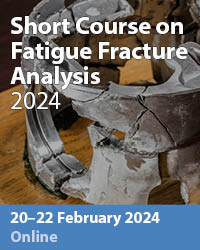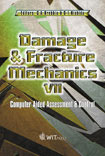Modelling Of Stress-strain States In Arteries As A Pre-requisite For Damage Prediction
Price
Free (open access)
Transaction
Volume
37
Pages
Published
2002
Size
518 kb
Paper DOI
10.2495/DM020481
Copyright
WIT Press
Author(s)
J Bursa
Abstract
Damage to arteries can be caused by a number of different factors ranging from the influence of mechanical load of arterial walls on endothelial cells and, consequently, on the genesis of atheromatous plaques on the inner surface of the walls, to a global tissue rupture. To predict these states, it is necessary to know not only the limit conditions and limit values but also the most credible stress and strain states. These states were solved using FEA (ANSYS program system), namely in an intact artery and in various geometric shapes of joints (anastomoses) with a vascular graft. The computational model used the axisymmetrical geometry with up to two different homogeneous coaxial layers in the artery wall. The material was supposed to be non-linear elastic, isotropic, nearly incompressible, showing finite displacements and strains under physiologic load. The model considered three major load factors: blood pressure, axial prestretch and residual stresses. The influence of axial prestretch and residual stress on the stress (and strain) distribution in the arterial wall was quantified using the maximum to minimum stress (strain) ratio. These ratios tend to 1 at some physiological blood pressure values. Using the same type of model, the stress and strain distribution was computed for an anastomosis of the aorta with a vascular graft. Two basic types of anastomoses were modelled: a classical end-to-end anastomosis and a ,,lapped" anastomosis. Due to a very complex tissue structure that is considerably simplified in the model, the results do not fully meet real needs, however they enable us to compare various shapes and geometric parameters of anastomoses. In this way, risks of clinical complications related to specific limit states of tissues, such as ruptures or growth of aneurysmas near the anastomosis, can be compared.
Keywords





